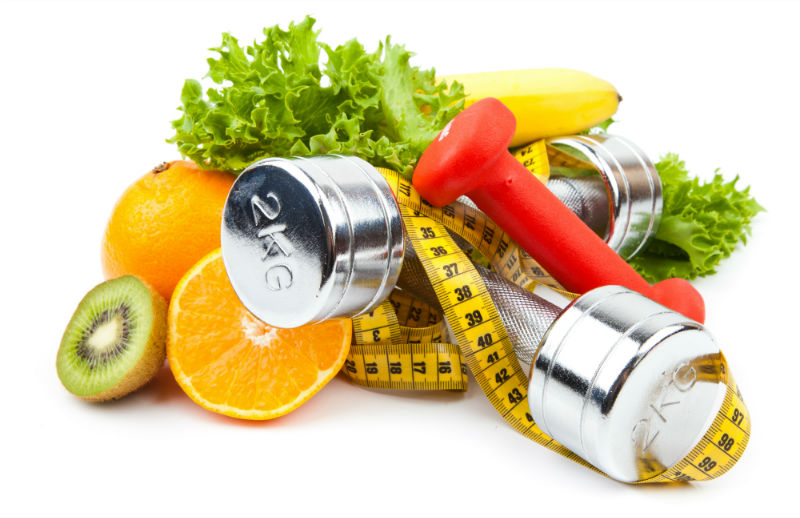 VEGETABLES
VEGETABLES
You can eat an unlimited amount of vegetables from the list below (use organic whenever possible). Your vegetable intake should be twice the amount of fruit intake.
Average serving size = ½ cup
No dried or canned vegetables; frozen OK
Fresh juices made from vegetables are also allowed
Most vegetables may be steamed for four minutes or stir fried over low heat; however, for best results, consume ½ of your vegetables raw. Fresh herbs and spices are optional
Artichokes
Asparagus
Bamboo shoots
Bean sprouts
Beets, red
(Steam for 20-30 minutes
or until soft)
Bok choy
Broccoli or brocciflower
Brussels sprouts
Cabbage (all types)
Carrots
Cauliflower
Celery
Chives
Cucumbers
Eggplant
Garlic
Kohlrabies
Leeks
Mushrooms
Okra
Onions
Oyster plant
Parsley
Peppers (any color)
Pimentos
Radishes
Sea vegetables
Squash (acorn, butternut,spaghetti)
String beans
Sweet potatoes
(if purifying, only ½ per day)
Turnips
Water chestnuts
Yams
(if purifying, only ½ per day)
Zucchini
Lettuce and Greens
Arugula
Beet greens
Chicory
Collard greens
Dandelion greens
Endive
Escarole
Kale
Mustard greens
Radicchio
Red and green leaf
Romaine
Spinach
Swiss chard
Watercress
OILS
Average serving size = 1 tsp. | Servings: 4-7 teaspoons per day
Should be cold-pressed and unprocessed
Use high-quality oils, such as:
Coconut oil
Extra-virgin olive oil
Fish oil
Flaxseed oil (Keep refrigerated, do not heat)
Grape seed oil
Real butter (can use during post-purification; organic/raw is preferred)
Water
Drink a minimum of 8 glasses (64 oz.) of spring water a day
FRUIT
These fruits are just a sampling. Keep in mind that you should eat twice as many servings of vegetables as fruits–fresh or frozen only, no dried or canned fruit (use organic whenever possible).
Average serving size indicated
Apples, 1 medium
Apricots, raw (3 medium)
Avocados, ¼
Bananas, ½ per shake
Blackberries, 1 cup
Blueberries, 1 cup
Cantaloupe, ½ medium
Cherries, 15
Cranberries, 1 cup whole
Figs, 2
Grapefruit, 1 whole
Grapes, 15
Guavas, 1 whole
Honeydew melon, ¼ small
Kiwis, 1 whole
Kumquats, 1 whole
Lemons, 1 whole
Limes, 1 whole
Loganberries, 1 cup
Mangos, 1 whole
Mulberries, 1 cup
Nectarines, 2 small
Oranges, 1 large
Papayas, 1 small
Peaches, 2 small
Pears, 1 medium
Pineapple, ½ cup
Plums, 2 small
Pomegranates, 1 whole
Raspberries, 1 ½ cup
Rhubarb, 1 cup
Strawberries, 1 ½ cup
Tangerines, 2 small
Tomatoes, 1 medium
LENTILS OR WILD/BROWN RICE (MEASURE CAREFULLY)
Average serving size = ½ cup cooked
1-2 servings of lentils or 1 serving of wild or brown rice per day
Please note: Lentils have a higher protein content and less carbohydrates than rice. For ideal weight and blood glucose management, choose lentils more often than rice.
PROTEIN SOURCES
Average serving size = 3-5 oz. cooked (Roughly the size and thickness of your palm).
Total servings: 2-4 per day, with 1-2 servings being fish
Fish should be deep sea fish (e.g. salmon, cod, or sea bass), not farm raised
SELECT LEAN MEAT
Chicken that is organic, free range, antibiotic free, and hormone free, if possible.
Prepare by broiling, baking, roasting, or poaching
No cured, smoked, or luncheon meat
Brandon Jenkins

Leave a Reply